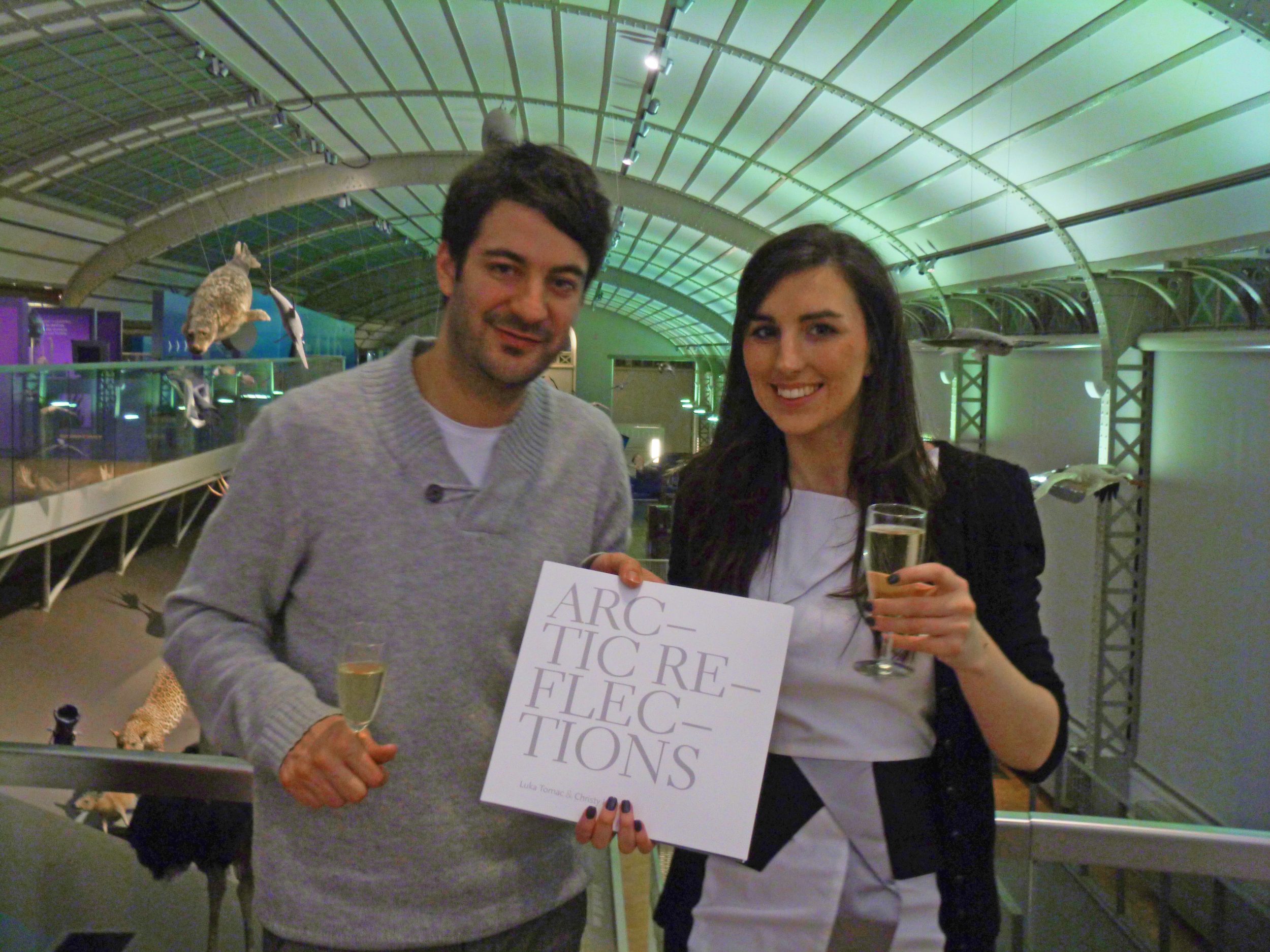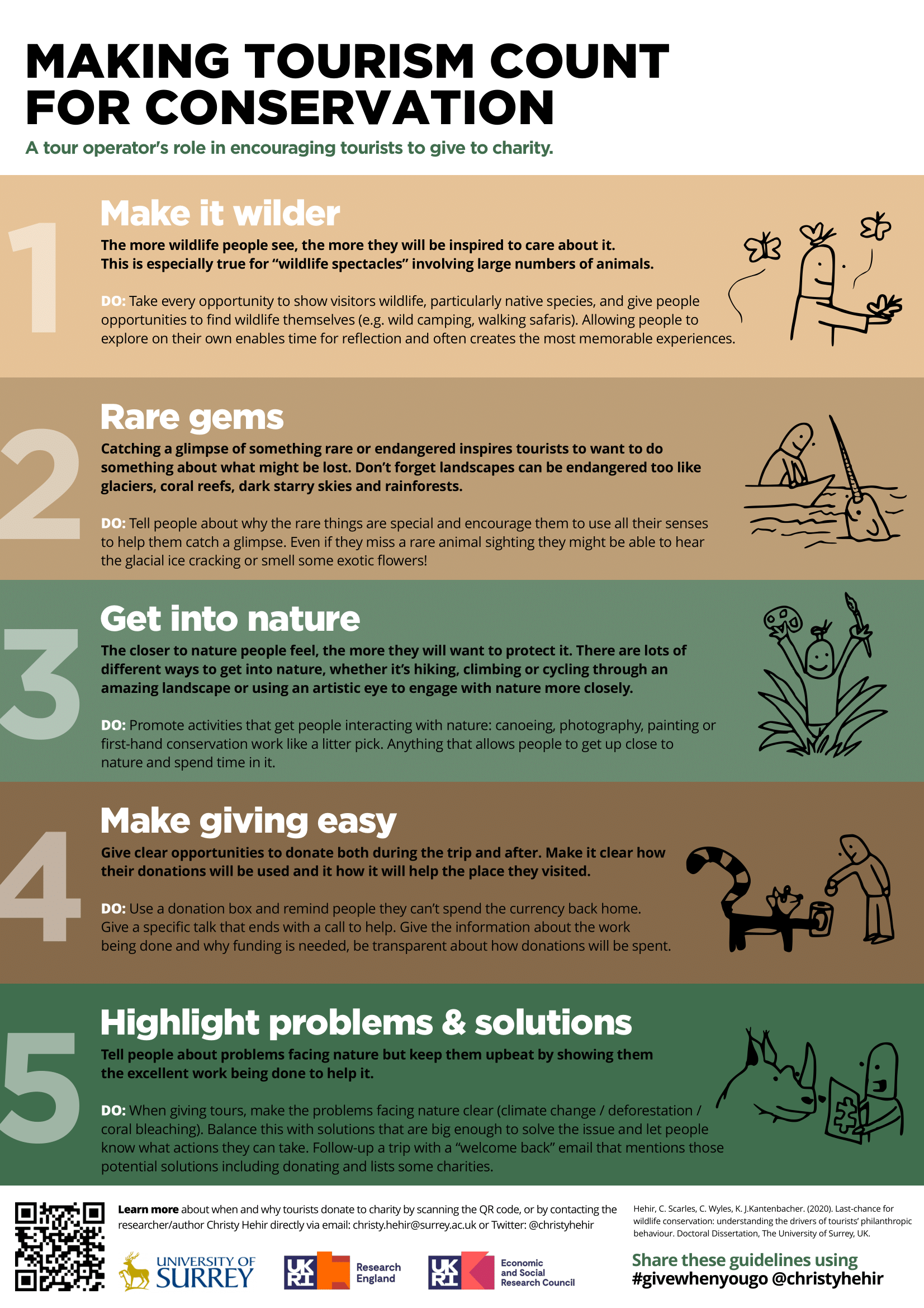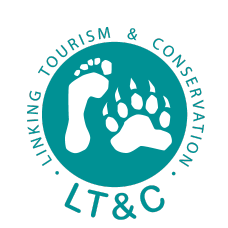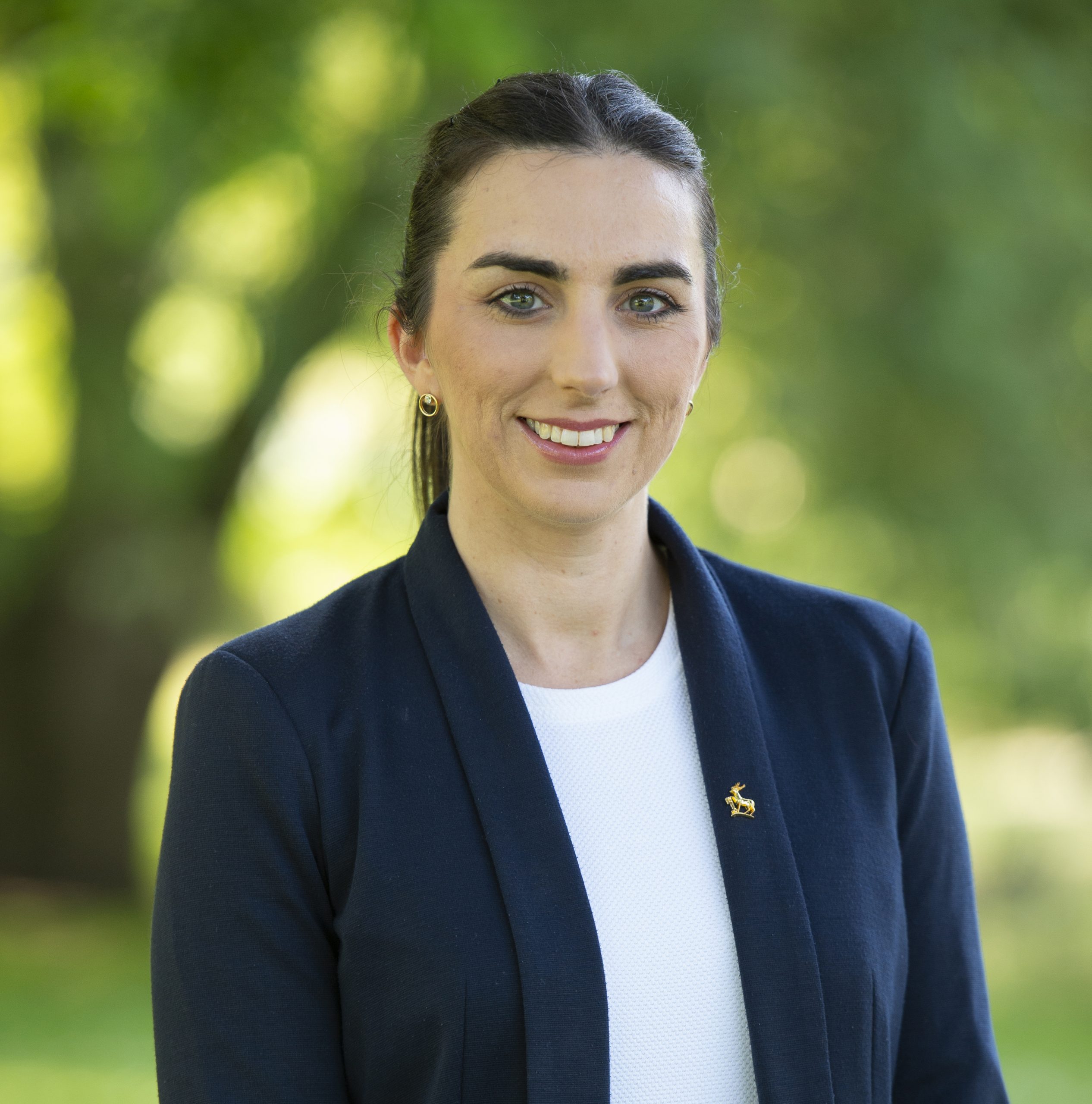In June 2011, seventeen young people from twelve different countries experienced the Arctic on the northwest coast of Svalbard, as part of an expedition funded by the European Union’s Youth in Action Programme and organised by the British Council in Partnership with GRID-Arendal (see video). They will today remotely meet again to celebrate the 10th anniversary of this tour, where they studied climate change, the Arctic Council and linking tourism and conservation. They will tell each other how this experience influenced their further life. One of them, Christy Hehir, was interviewed beforehand by Peter Prokosch and provided the following answers:
Christy, ten years ago you joined us among seventeen young people from twelve different countries when we visited the LT&C-Example Svalbard as part of an expedition funded by the European Union’s Youth in Action programme. We discussed already that time the need to link tourism and conservation. How did this tour influence your later studies and life?
My environmental interest was first ignited when I travelled to Antarctica with Students on Ice in 2008, having been awarded an undergraduate scholarship. This experience didn’t just change my life, it gave me a purpose for life. That purpose: if we protect the poles, we protect our planet. The polar regions taught me to respect nature and to preserve it, triggering my move from industry to academia to complete an interdisciplinary PhD within the realms of environmental psychology and tourism.
My research fits within the current travel trend of last-chance tourism. Travel has afforded visitors the opportunity to visit the vast wilderness and observe endangered or threatened species and landscapes – trekking to see the gorillas in Rwanda or visiting the great barrier reef before further bleaching occurs. Yet, such travel is increasingly critiqued as harming the very environment tourists wish to see. My research aims to help people to become “more than just tourists”, to become ambassadors. It suggests that by engaging tourists in citizen science, self-discovery (walking safaris) or the chance to absorb nature through existing past times (for example photography, music or art) – people form deeper connections with nature when they travel, and this subsequently leads to them donating greater to conservation or making new environmental lifestyle decisions once they return home.
My most recent publication looks at the impact of youth polar expeditions on participants’ pro-environmental behaviour, up to 18 years after their polar voyage. This article can be found for FREE here.
Together with Luca Tomac, you published even a book about the Svalbard expedition, called “Arctic Reflections: Moments of Inspiration, A Lifetime of Action”. Are you still in contact with some of the other members of the expedition and know about their actions and life?
Luka and I joined forces to create a moving and insightful book capturing the experiences of Svalbard. I collected personal testimonies to research into how travel can act as a stimulus to influence lasting environmental behaviour, and photographs taken by Luka Tomac of the sights witnessed were paired with these. A preview of the book can be found here. Luka and I are still in touch and most recently met one another in Croatia, where Luka was releasing his latest book ‘1*c – Rising Stories from the front lines of climate change. This book features some of the content from our Arctic trip.

As the ten-year anniversary of our trip is coming up, we have organised an online reunion conference where all members of the expedition have been invited to reunite, reconnect and hopefully generate new ideas for collaboration.
As a tourism academic and lecturer at the University of Surrey, you are teaching international students “tourism psychology”. What do you think can trigger tourists to get interested and support conservation?
A lot of people assume that science and facts through education is the way to get the message across, however you do not always need to know a lot about something to become interested in it. In nature for example, although some people may immediately think of the science, there are other ways to increase absorption, using arts such as music, dance or photography. Another trigger I focus on to encourage tourists to be interested in nature and support its conservation is ‘moments’. Tourists often think in ‘moments’ and this has been shown in many tourism campaigns in the past. For example, VisitBritain’s 2018 campaign ‘I travel for… food/adventure/fun’, or the National Trust campaign ‘Moments of Joy’. The notion of moments and the idea behind these campaigns is to capture the stories and importantly, the feelings people have whilst they are travelling and experiencing things like nature.
Perspective is very important, for example – rehoming a dog and you see a sad dog looking lonely in a kennel. This story is told from the dog’s perspective. However, how about turning the focus around to appeal to a new human owner – are you stuck at your desk for 9 hours a day and need a walkies? Another focus of my research is the feeling’s ‘shock’ and ‘shame’. These are often used by companies in the tourism industry to stir and evoke emotions, however there is a delicate line between negative emotions and action. In some cases, overdoing the negative emotions causes people to immediately switch-off.
Here are my top 3 tips for using psychology in travel and tourism communications:
- Keep your messaging positive and active. More people donate to charities when they see a dog being rehomed successfully not lots of sad dogs needing homes!
- Use social Norms. E.g., Most tourists who stayed in this hotel room reuse their towels or reduced their shower time.
- Keep away from sustainability words. People are on holiday, and no one really wants to focus on their sustainability habits. Focus on the experience, fun, exciting bit for the client FIRST. Then sustainability messaging – if that is even needed.
How do you look today at Linking Tourism & Conservation, and what can be your own role as a member to make this international network and movement growing?
As a member, it is the networking opportunities and mixing with people with the same passion and energy for the cause as yourself. Attending events such as the seminars and webinars that Linking Tourism and Conservation provide, and then afterwards, following up and networking with like-minded people over zoom and coffee has enabled new relationships to form even during COVID.
How do you think the present pandemic will influence future tourism becoming more engaged in the Sustainable Development Goals (SDGs) and thereby nature conservation and protected areas?
Since the pandemic, many tourism destinations are starting to ‘reimagine’ their offering and change the way they encourage tourists to visit. To me, the most rewarding part of being a researcher is enabling my insights to make a difference and help destinations ‘reimagine’ their responsible tourism or to enable tourists to find a deeper connection with nature.
Here are a few suggests based on my recent tour operator guidelines (Making tourism count for conservation) which are being used to encourage tourists to give to charity.
- It is important that tourists do more than just see the attractions and the destination they are in; by actively participating in something like a beach clean and engaging with ‘citizen science’ tourists are going to feel closer to nature and this will encourage them to aid its conservation.
- Something as simple as questioning why a hotel does not have recycling facilities is enough to stimulate change.
- Be visionary during your downtime. Although sustainable, something like using a reusable water bottle during your holiday is not enough to offset your trip. Using your time away to reflect on your lifestyle choices and think about what changes you can make on a bigger scale to supports the Sustainable Development Goals and supporting conservation and protected areas.

Written by Christy Hehir (Lecturer at the University of Surrey) and Megan Denton-Brown (Tourism Research Assistant). Learn more about when and why tourists donate to charity by contacting the researcher/author Christy Hehir directly via email: christy.hehir@surrey.ac.uk or Twitter: @christyhehir



